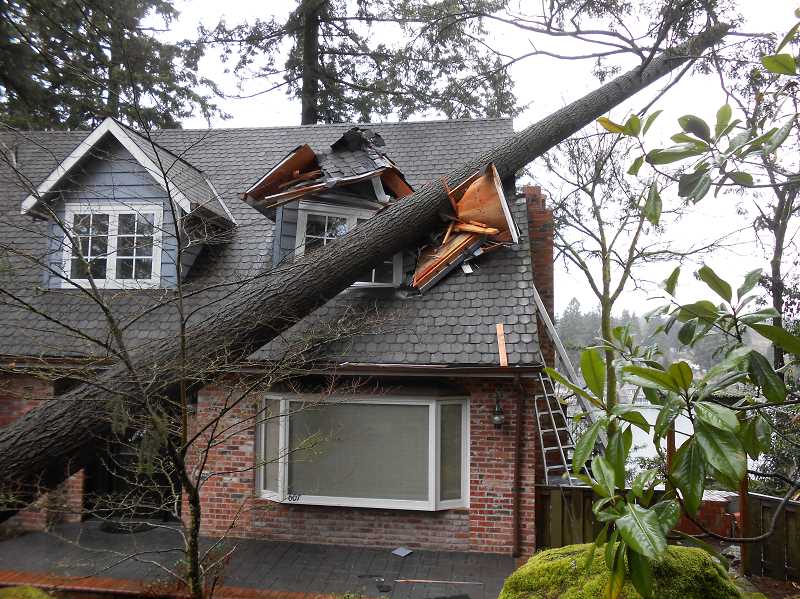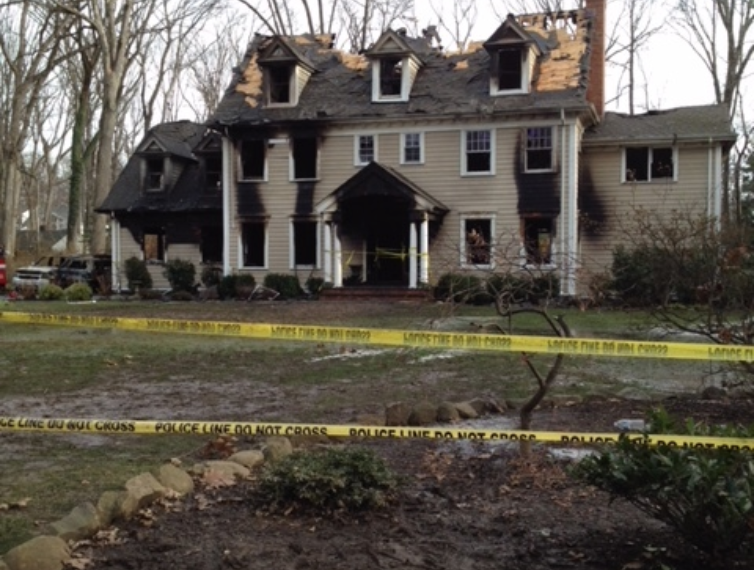Importance of Renters Insurance
/Renters insurance provides coverage for potential theft and damage to the contents in your home, and includes liability coverage for medical/lawyer fees in case someone is injured on your property. Also known as home and contents insurance, renters insurance is a crucial safety net. Picture this: a massive fire blazes through an apartment complex, causing total damage to some units. The landlord’s insurance will cover the structure itself, including the walls, ceilings, plumbing, and other fixtures of the building. But any damage to the personal property of each tenant is completely up to them. The tenants who have renters insurance in this case will be able to file a claim and receive a settlement for their damaged goods, but the tenants without renters insurance will have nothing.
Only 1 in 3 renters purchase renters insurance, which is strange considering how cheap it is and how much it can help during the darkest times. Meanwhile, most homeowners purchase homeowners insurance— it is the norm. Perhaps people think renters insurance is unnecessary since it is not held as widespread among renters, or maybe they fear it’s too costly. In reality, the national average premium is just $185, according to the Insurance Information Institute. It’s easy to get a quote and it can often be added to life or auto insurance policies. Homeowners purchase homeowners insurance. Renters should purchase renters insurance. It’s that simple!
M. Miller & Son always stresses the importance of renters insurance to clients. After any insured loss, contact M. Miller & Son for advice on how to document damage and start a claim so that your road to recovery, including that of your damaged personal goods, can be as quick and effective as possible.














